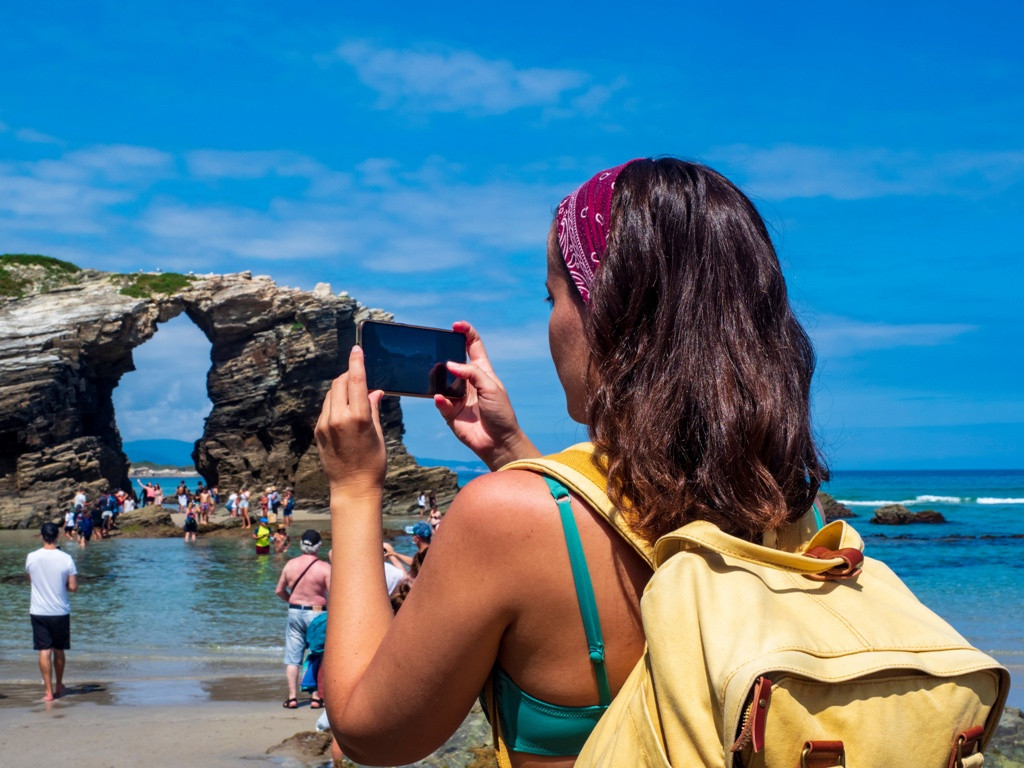Spain's natural destinations are being protected from overcrowding
7 September, 2022The high number of tourists to some Spanish destinations, especially to natural or specially scenic areas, is urging changes to prevent human activity from negatively affecting these sites. For this reason, daily visitor quotas are being established.
This is the most obvious of the restrictions being implemented on visiting beaches of special interest, driving on busy roads leading to iconic sites, sailing in marine reserves and on protected islands, etc. The aim is to achieve sustainable tourism in the long term.

The Galician beach, Las Catedrales, a natural monument of sand and rocks sculpted by the sea; the nature reserve of Doñana, in Andalusia; the volcano of Teide, in Tenerife, or the unique lighthouse of Formentor, in Mallorca, are just some of the many sites in Spain with access limitations to ensure that public use is in line with their preservation.
The analysis of thousands of online comments made by users about 125 natural areas in Spain shows that in general these places get very good marks from those who visit them during their holidays, according to the company Vivential Value, which specialises in tourism intelligence.
However, the data also reveals worrying trends: excessive gathering in certain natural parks, high seasonality, a growing sense of overcrowding and mobility problems, as well as antisocial behaviour in rural areas. Spain has already started looking for solutions.
The Balearic Minister for the Environment and Territory, Miquel Mir, warned a few days ago that this summer the archipelago is reaching "an unheard of level of overcrowding" and called for a discussion on the issue: "It is clear that the overcrowding problem we are experiencing needs to be resolved," he said.